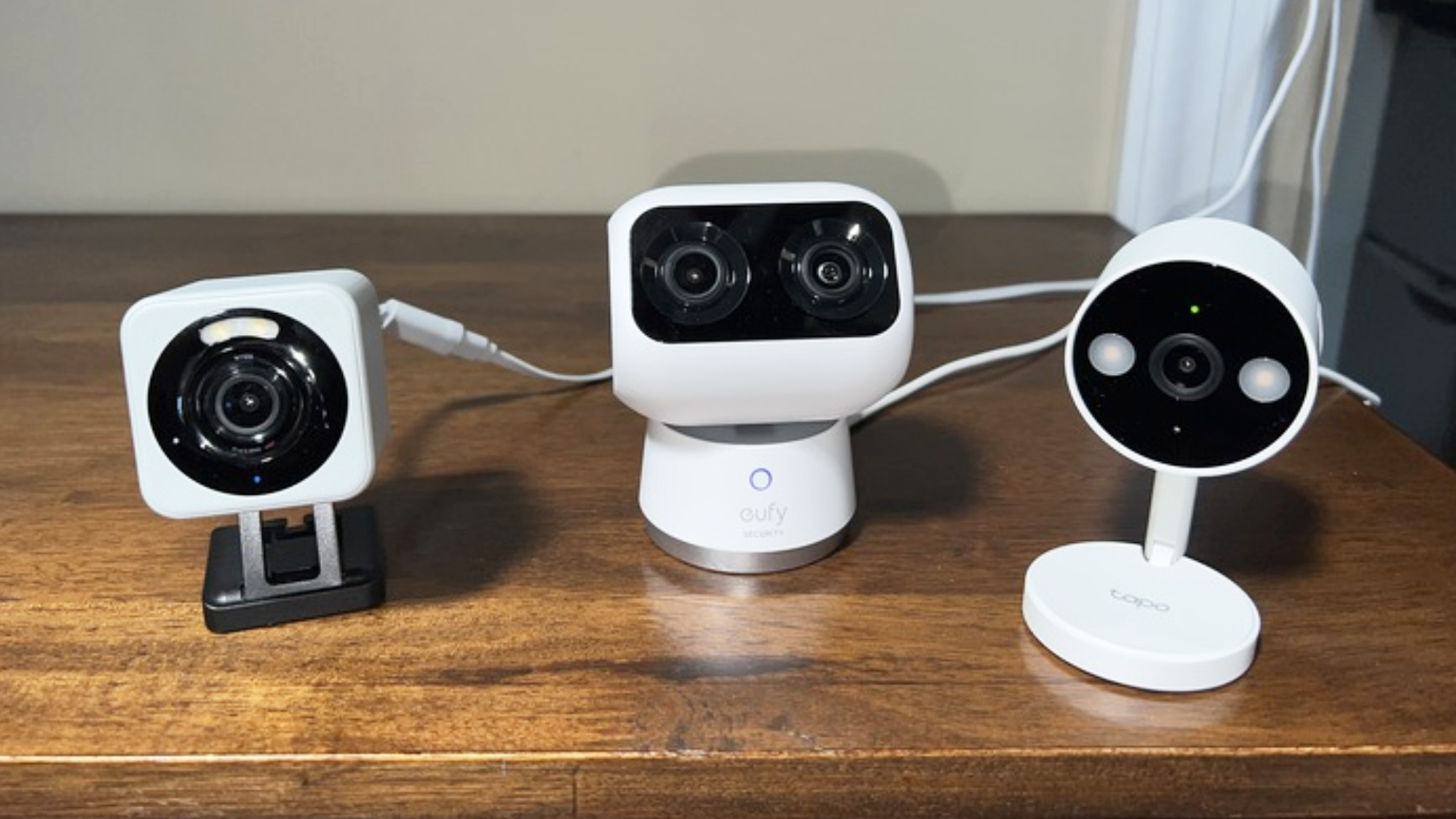
Many of the best security camera manufacturers like Arlo and Ring require you to sign up for a subscription to use all the features of their cameras. Their logic is simple — rather than spending money on their products just once, they have a recurring revenue stream from their customers. That traps you into sticking with a single brand's hardware over time and leaves you at their mercy when they decide to raise subscription prices.
That's why I've started branching out into new products from Eufy, Tapo, and Wyze. These companies support local storage, so functionality as basic as recording and viewing events on demand isn't locked behind a monthly fee. Better yet, the latest models offer advanced AI detection, color night vision, and motion sensing automation features reserved to premium cameras at a fraction of their price. Some picks like the Tapo and Wyze models feature weatherproof construction to withstand water and dust to double as an outdoor security camera.
Below are the three of the best subscription-free security cameras I've tested.
Subscription-free home security cams under $100 — Quick links
- TP-Link Tapo 2K Security Camera: was $39 now $29 @ Amazon
- Wyze Cam v4: $35 @ Amazon
- Eufy S350 Indoor Cam: was $129 now $99 @ Amazon
Security camera image comparisons
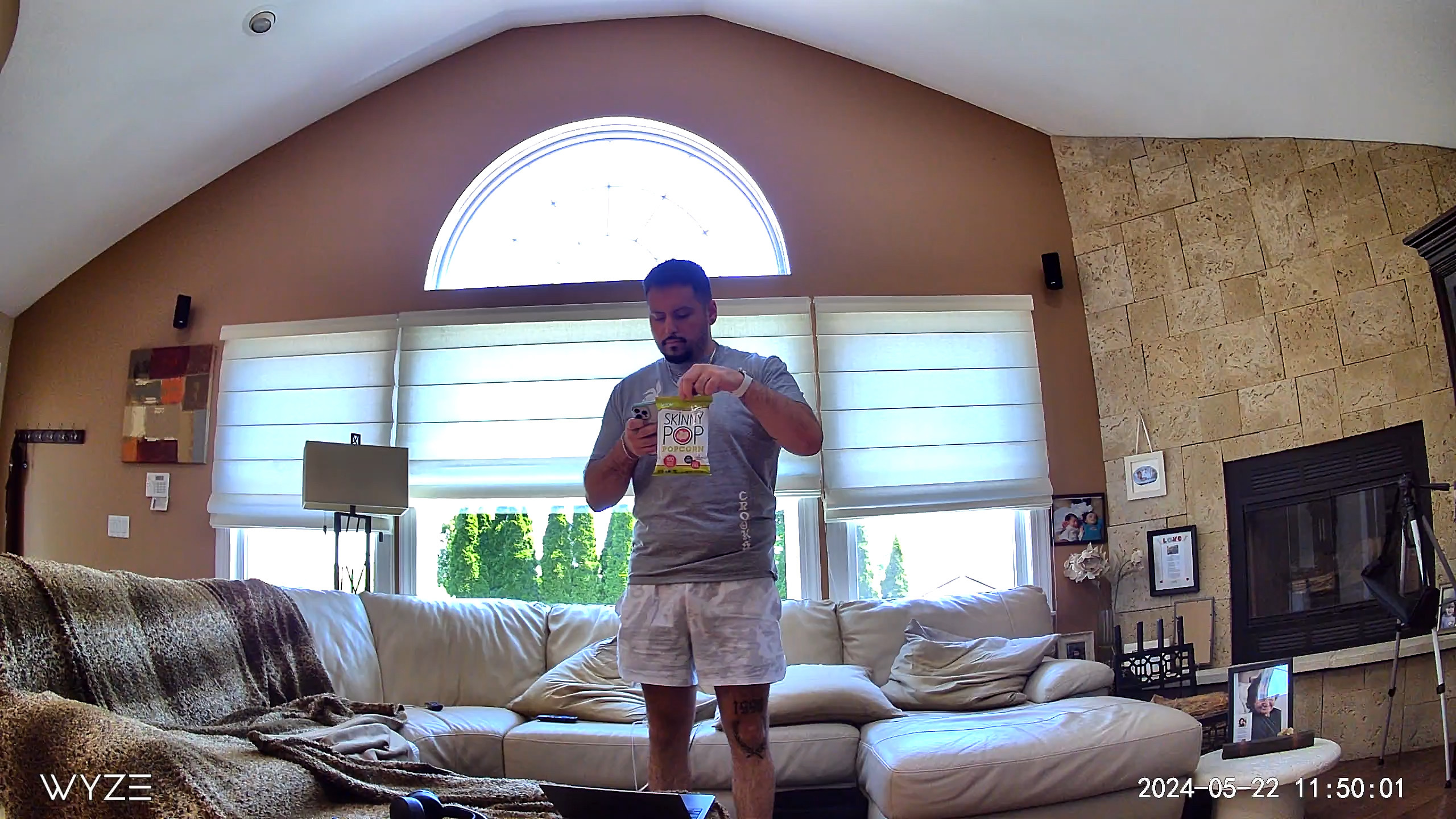
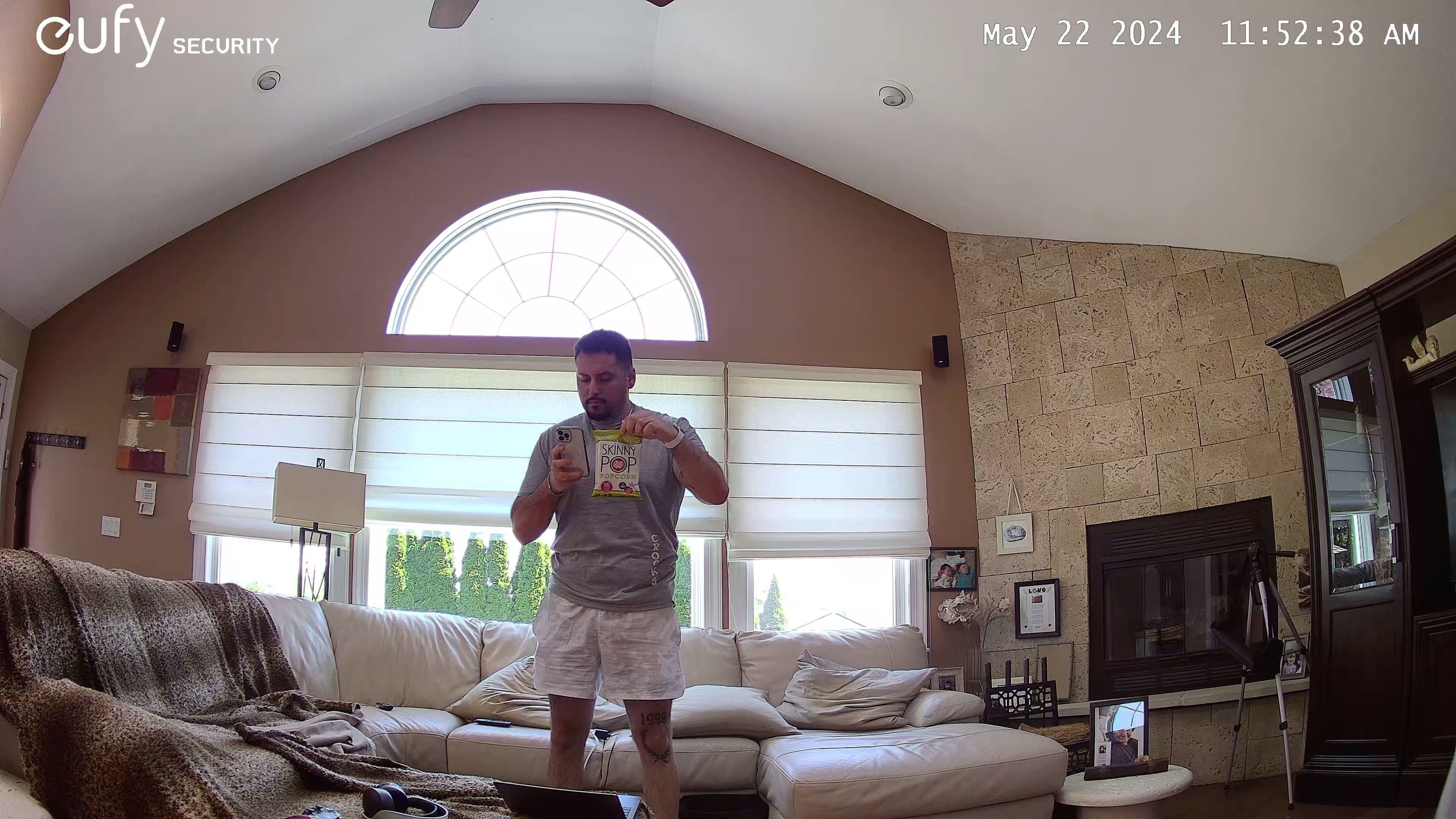
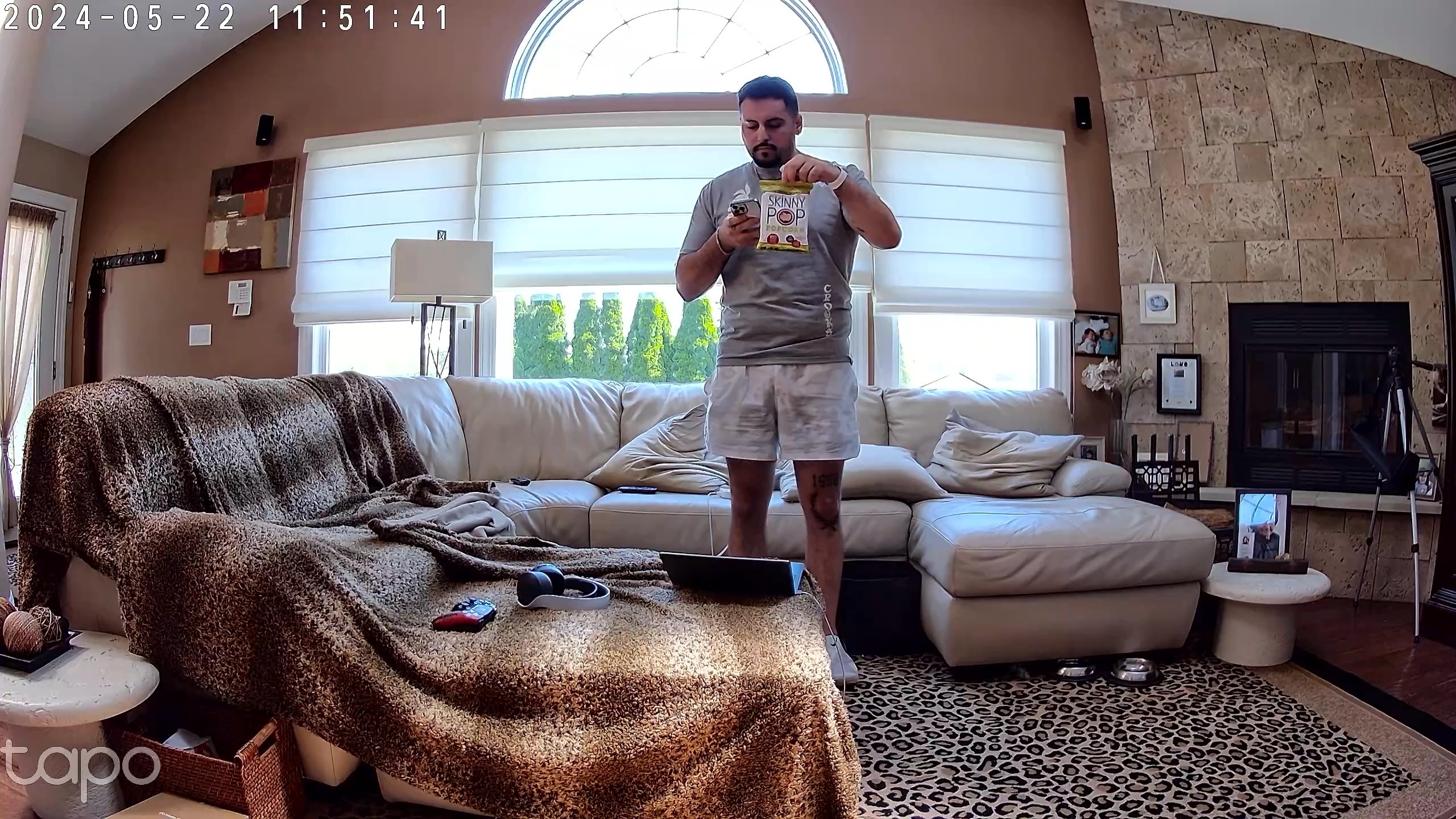
Wyze Cam v4
The $35 Wyze Cam v4 is the best security camera for most people because of its features for the price. Its sharp 2K resolution captures important identifying details like text on a shirt, box, or tattoo. You can either place the Wyze Cam on a flat surface using the included stand or easily stick to magnetic surfaces to get the ideal angle. This also makes it easy to quickly move it between rooms or into your yard since it's completely weatherproof to work outside. However, it does need to be plugged in to an outlet to work.
In terms of picture quality, this camera punches above its weight class to create a colorful image on a par with professional units from Arlo and Ring triple the price. Although its interface is painfully simple and I occasionally have to wait a few seconds for the live feed to load, this camera consistently delivers great footage. Plus it even comes equipped with a siren and bright spotlight for color night vision. One of its most underrated features is its built-in smart smoke & CO alarm which can send you a push notification if it detects the standard T3 or T4 sound.
Eufy S350
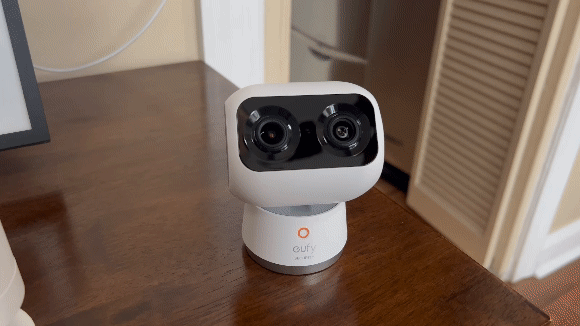
If you want the highest quality picture and only plan to use your camera indoors, then the Eufy S350 is a serious step up from the Wyze Cam above. Eufy's indoor-only camera boasts a sharper 4K resolution and uses AI to track a moving subject. The motorized head can then physically swivel 360 degrees along its base so it's ideal placement is in the center of a large open living space.
This AI also provides smart detections free of charge to identify events in its notifications and app timeline. You can filter by animal, person, or package. Wyze not only charges for this feature but also has a five-minute cooldown period between notifications. Although Eufy's camera lacks color night vision, its sharp infrared mode easily outlines text and shapes so you can actually get more detail in certain events.
Tapo C120
Tapo's C120 shares the magnetic base and outdoor capabilities of the Wyze Cam while also including the free AI smart detection (pets, people, and vehicles) of the Eufy above. It has a sharp 2K picture but I find the colors to be a bit oversaturated and sometimes facial features can be a bit smoothed over compared to the Wyze Cam. With that said, it's a better pet or baby camera for its sound detection of cries, barks, meows, and breaking glass. Plus Tapo has yet to have had security breaches experienced by both Eufy and Wyze in the past.
It excels in smart home routines and ties in nicely with TP-Link Kasa or Tapo vacuums, smart plugs, and lights. You can get as deep as customizing what sound to play in the event of a motion trigger. It also supports RTSP functionality so you can easily integrate the camera's live feed into more advanced smart home platforms like the Home Assistant ecosystem.







